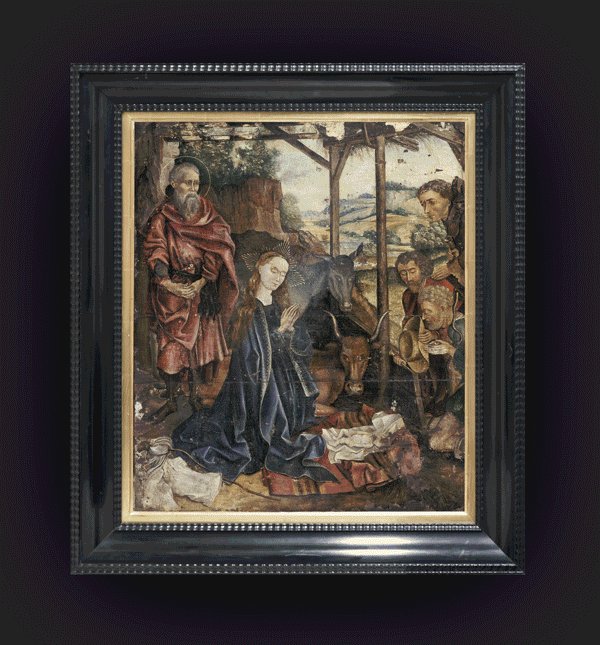You have full access to this article via your institution.
Hello Nature readers, would you like to get this Briefing in your inbox free every day? Sign up here.

A method based on quantum physics produces strings of numbers that are truly unpredictable.Credit: Flavio Coelho/Getty
Physicists have unveiled a service that generates truly random numbers in a fully transparent process. The generator uses a device that produces pairs of photons that share a common quantum state. The two photons are sent to two measuring stations 90 metres apart, where their polarizations are detected to produce a string of digital bits (0s and 1s). In the latest upgrade, every step in the process is time-logged and the data made publicly available, which means that anyone looking would be able to see if the process had been tampered with.
A brain–computer interface (BCI) has allowed a man with a severe speech disability to speak expressively — and even sing. The device uses artificial intelligence to decode the man’s electrical brain activity as he attempts to talk, and speaks his words aloud in a synthetic voice within 10 milliseconds of such activity. The voice, designed to mimic the man’s own, conveys changes of intonation when he asks questions, emphasizes the words of his choice and allows him to hum a string of notes in three pitches. “This is the holy grail in speech BCIs,” says computational neuroscientist Christian Herff.
An analysis of gold coins scattered across the seafloor off the coast of Colombia has confirmed that a nearby shipwreck is that of the San José, a Spanish vessel that was sunk in 1708 — and took what would now be around US$17 billion worth of treasure with it. Etchings on the coins revealed they were minted in Lima, Peru in 1707 — coins that it’s likely only the San José would have had aboard. There are currently no plans to recover the ship, but the discovery will reignite a dispute as to whether Colombia or Spain can lay claim to the wreck and its treasure.
The activity of two brain regions — the fusiform gyrus and the anterior insula — allow us to distinguish imagined images from reality. Researchers showed people black stripes of varying transparency, or asked them to imagine them. Using changes in blood flow as a proxy for brain activity, they found that activity in the fusiform gyrus was correlated with how vivid the image was — real or imagined. The anterior insula, a region usually involved in processing and gatekeeping information, showed activity only when the person saw, or believed they saw, real stripes.
Features & opinion
GLP-1-agonist drugs — such as Ozempic, Wegovy and Zepbound — have transformed the treatment of obesity, but people who take them face chronic shortages, high costs, insurance barriers and debilitating side effects. As a result, many people who start the drugs ultimately stop, and the weight lost often piles back on. Often thought of as a pharmaceutical fix, the drugs are now being seen as a gateway to often-overlooked avenues of treatment, such as bariatric surgery and less-invasive procedures.
Engineer Alex Kachkine has developed a technique to restore damaged paintings by overlaying them with physical masks of digitally restored versions of the artwork. Kachkine, a self-taught art conservator, estimates that this artificial-intelligence-powered method is around 70 times faster than manual restoration. “Many institutions have paintings that arrived at them a century ago and have never been shown because they’re so damaged,” they say. “Hopefully this technique means we’ll be able to see more of those publicly.”

As a proof-of-concept, Kachkine restored this late-15th-century painting. An AI tool identified more than 5,500 damages to the artwork (shown as blue and red patches in this animation) and the printed mask used almost 60,000 colours to cover them. (Alex Kachkine)
Today I’m staying vigilant in case a bird drops a shark near me. The chances of that happening are extremely low, but as disc-golf enthusiast Jonathan Marlowe can tell you, they’re never zero. Marlow was playing through a local course in South Carolina when an osprey (Pandion haliaetus) dropped a hammerhead shark onto the green.
I’ve got one eye on the sky, and the other on our inbox — [email protected] — where your feedback on this newsletter is always gratefully received.
Thanks for reading,
Jacob Smith, associate editor, Nature Briefing
With contributions by Flora Graham
• Nature Briefing: Careers — insights, advice and award-winning journalism to help you optimize your working life
• Nature Briefing: Microbiology — the most abundant living entities on our planet — microorganisms — and the role they play in health, the environment and food systems
• Nature Briefing: Anthropocene — climate change, biodiversity, sustainability and geoengineering
• Nature Briefing: AI & Robotics — 100% written by humans, of course
• Nature Briefing: Cancer — a weekly newsletter written with cancer researchers in mind
• Nature Briefing: Translational Research — covers biotechnology, drug discovery and pharma


